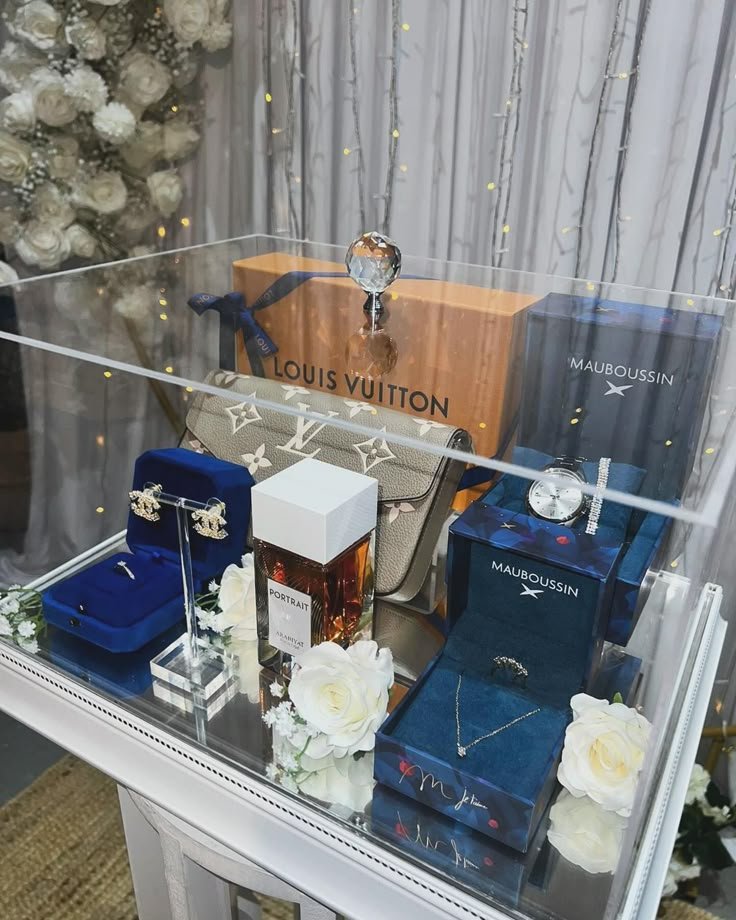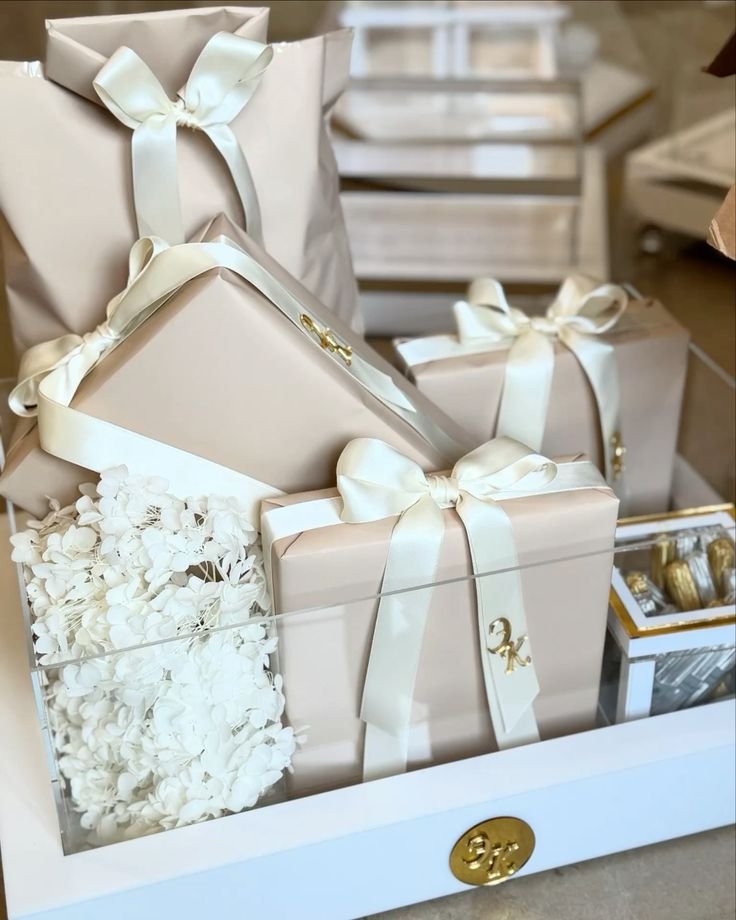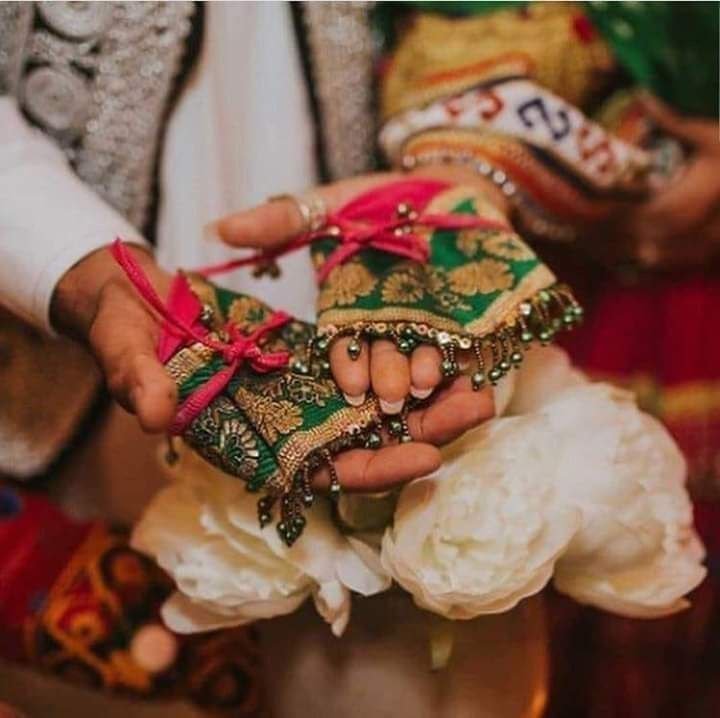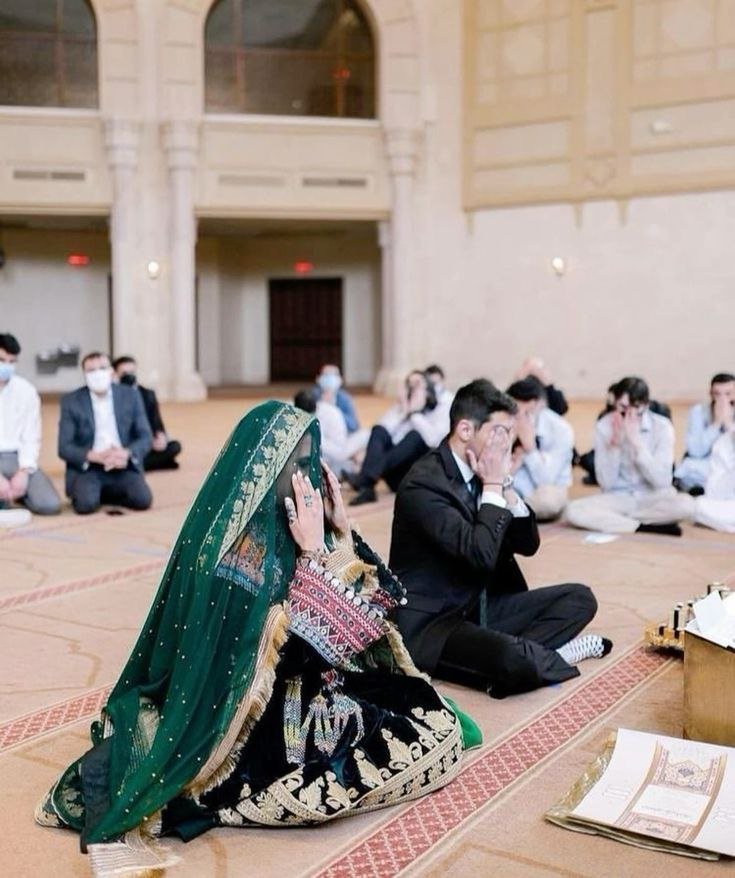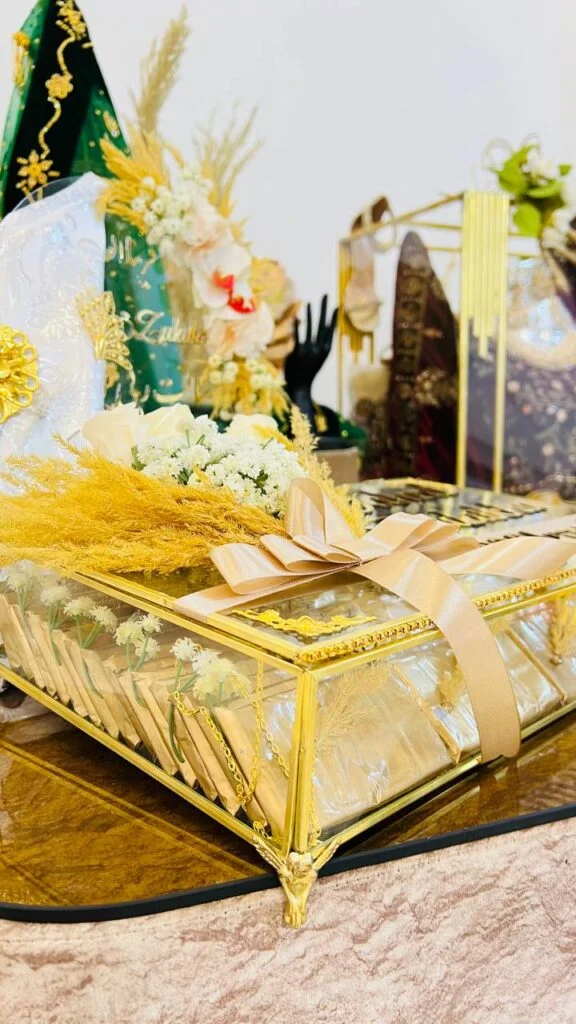Pashdan Dam: A Rising Jewel of Tourism in Herat Province
A Newly Discovered Gem in the Heart of Afghanistan’s Nature Nestled around 20 kilometers west of the historic city of Herat lies Pashdan Dam, a newly emerging tourist attraction in Afghanistan. Originally developed as a water management project, it has quickly gained popularity as a natural retreat for local residents and tourists alike. With breathtaking landscapes, clean air, and the harmonious blend of mountains and water, the dam has become a favorite escape for nature lovers. Escape the Noise – Embrace Peace and Serenity A visit to Pashdan Dam means stepping into a world of calm, far from the noise of everyday life. As you travel westward from Herat city, you’ll notice the skies opening up, the air growing fresher, and the scenery becoming more captivating. Especially in spring and summer, the vibrant mix of blue water and green hills leaves a lasting impression on every visitor. Activities for Every Taste Pashdan Dam isn’t just for sightseeing — it offers a variety of recreational opportunities for families, friends, and solo travelers: A Shared Responsibility: Respecting Nature Despite its beauty, Pashdan Dam requires care and protection. Visitors are encouraged to bring trash bags, avoid littering, and help promote a culture of clean tourism. Many families actively remind others to take their waste with them and keep the area tidy. This dam is not only a tourist spot; it’s a natural heritage that belongs to all Afghans and must be preserved for future generations. Voices from the Community During holidays, Pashdan Dam welcomes hundreds of visitors. One visitor shared: “We came here with friends and family to celebrate Eid al-Adha. It’s a wonderful place. We grilled kebabs, sang songs, and enjoyed our time together.” Local vendors also express their happiness about increased tourism: “We sell around 15 types of ice cream, and the dam has really helped our small business grow. Pashdan has brought us income and new opportunities.” More Than Just a Water Project Pashdan Dam is more than an engineering structure — it is a symbol of joy, unity, and nature’s gift to the people of Herat. Economically, the dam provides local jobs and boosts small businesses such as food stalls, boat rentals, handmade crafts, and tour services. Travel Tips for Visitors Planning a visit to Pashdan Dam? Here are a few tips to make your trip enjoyable: A Gift of Nature for the People of Herat In conclusion, Pashdan Dam stands out as a natural wonder with stunning beauty, social vibrance, and recreational facilities. If you’re searching for peace, breathtaking views, and unforgettable moments, Pashdan Dam is your next destination.

